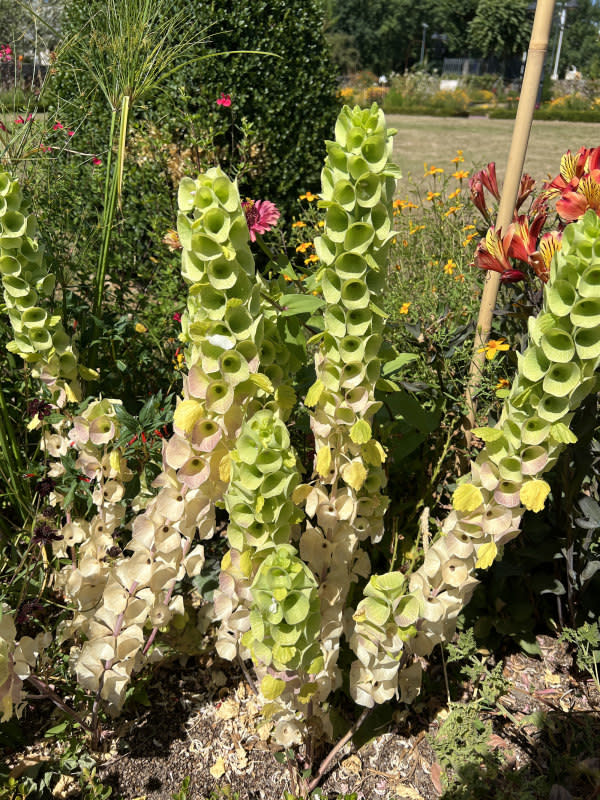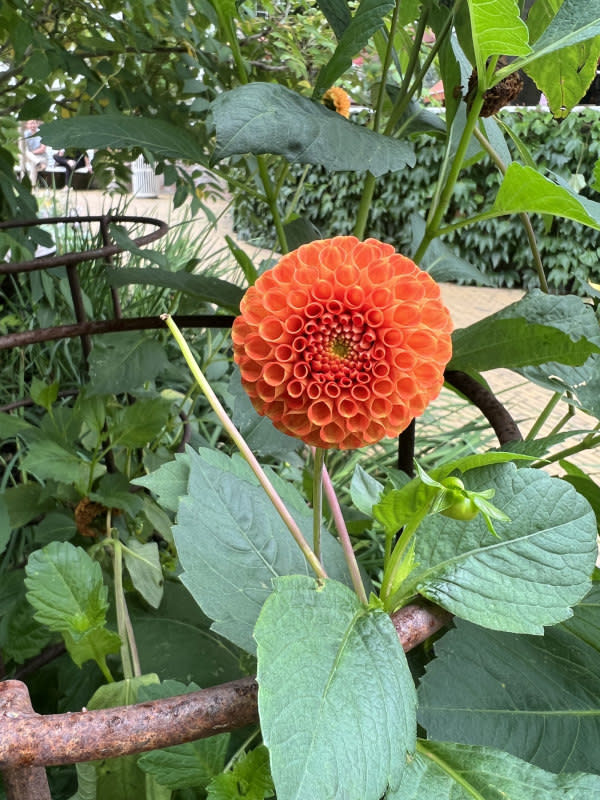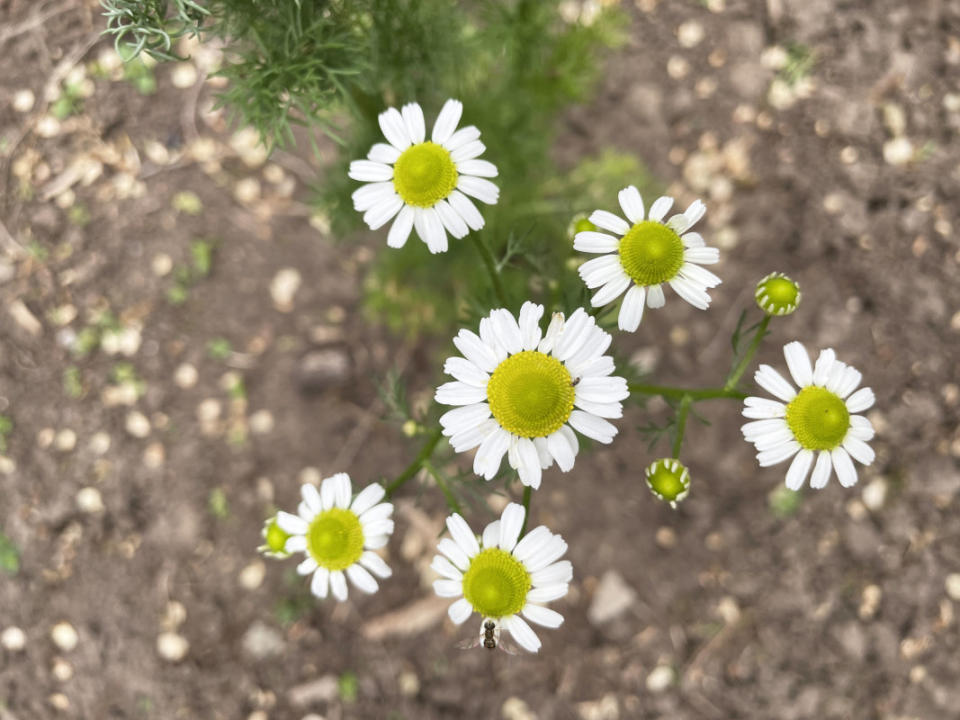Annuals vs. Perennials (+ More)
In the vibrant world of gardening, two main types of plants take center stage: annuals and perennials. Imagine annual flowers as the stars of a single-season show, bursting into bloom, painting the garden with their vivid colors, and gracefully bowing out by the end of the year. On the other hand, planting perennials gives a balanced garden of reliable performers, returning year after year to delight us with their familiar color scheme. Whether you're planning a garden for a season or a lifetime, understanding the differences between these two plant types adds a delightful layer to your flower beds by designing for both seasonal color and long-term stability.
What's an Annual?
A true annual plant lasts one growing season. This means that you plant the seed, it germinates, it grows, the flowers bloom, seeds are produced, and then the plant dies within the span of a year. Annuals are typically grown for their vibrant flowers or foliage during a single season. You can time them to create layers of growth so that you have a mix of plants in bloom from the spring all the way until the frost. Annual plants are often used to add a splash of color and variety to gardens, porches, balconies, and landscapes.

Emily Fazio
There are some plants sold as annuals that can return for multiple years if they are in a warmer climate with a mild winter. This is because they are perennials. Tender perennials to be exact. This phenomenon can be frustrating for gardeners in colder regions where this type of plant won't survive a cold winter. Check the plant labels or seed packet, and if you have tender perennials in pots, you can always try bringing them inside during winter.
Types of Annuals
Petunias*
Marigolds
Zinnias
Impatiens*
Begonias*
Sunflowers
Cosmos
Pansies*
Alyssum
Snapdragons*
* denotes that these are tender perennials that are generally sold as annuals.

Emily Fazio
What's a Perennial?
A perennial plant is a type that lives for more than two years. They regrow year after year from the same root system. Perennials may die back to the ground in colder climates during winter but will regrow from their roots in the following spring. Perennials can include a wide range of plants, from flowers and grasses to shrubs and trees. They can provide a stable backbone to a garden design, with perennial flowers having a predictable bloom time to look forward to.
Types of Perennials
Flowering Perennials:
Black-eyed Susan (Rudbeckia)
Coneflower (Echinacea)
Daylily (Hemerocallis)
Peonies
Fruit Trees (pear, cherry, apple trees)
Woody herbs (thyme, sage, rosemary)
Lavender
Rhododendrons
Bleeding Heart (Dicentra)
Foliage Perennials:
Hostas
Ornamental Grasses (such as Fountain Grass or Maiden Grass)
Coral Bells (Heuchera)
Ferns
Coral Bells (Heuchera)
Perennial vs. Self-Seeding Annual
Perennials persist through their roots, self-seeding annuals rely on seeds for reproduction. Perennials are plants that live for more than two years, regrowing from the same root system annually. They have their blooming season and go dormant during colder months. In contrast, self-seeding annuals complete their entire life cycle in one season but produce seeds that drop and germinate on their own, potentially regenerating in subsequent years without replanting. It's good to know the difference for planning your planting design. Self-seeding examples include spider flowers, blanket flowers, and morning glory.

Emily Fazio
What are Biennial Plants?
Biennial plants are those that have a two-year growth cycle. During the first year, they typically grow vegetatively, establishing strong roots, stems, and leaves. In the second year, they focus on reproductive growth, producing flowers, seeds, and then dying. Some common examples of biennial plants include carrots, parsley, sweet william, and foxgloves.

